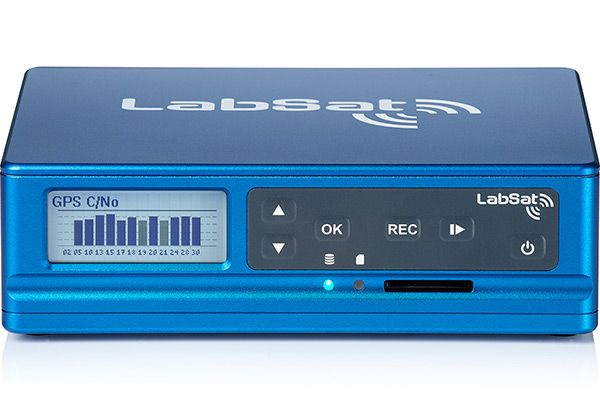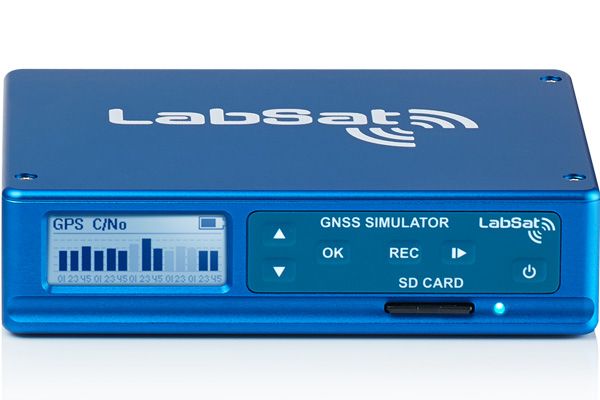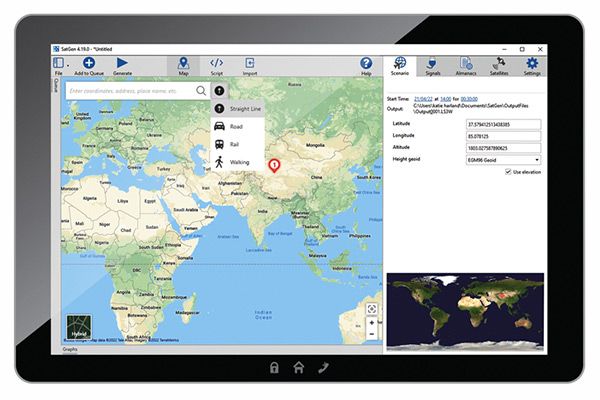What is a GPS Simulator, and why should I use it?
For anyone developing a GNSS-enabled device, the ability to test it with reliability and repeatability will shorten development times, and reduce costs.
No matter what market a new GPS/GNSS product is aimed at, or the features that it contains, testing will be a necessity. Signal acquisition, retention, and performance in varying environments, are all key factors in determining how successful a new device might be.
It isn't enough to simply go outside, obtain satellite lock, and sign off as a completed test procedure. This is not how the unit will actually be used: in many cases, it will be subjected to multipath reflection, obscuration, or interference, so understanding how a device will perform in these situations is vital. However, introducing these variables into a 'real world' testing schedule may be wholly impractical and will have a large impact on the amount of time it takes to bring the product to market.
A GPS simulator gives the developer a number of advantages. The most obvious is that of convenience – being able to replay raw RF satellite signals directly into GPS equipment in the confines of the lab or office, without having to venture outdoors, clearly makes testing easier.

So what is a GPS simulator?
A GPS (or GNSS) simulator outputs exactly the same type of radio signal as emitted by the satellites themselves. The signals include all the information such as date and time that a GPS device would be able to convert if it was actually out in the real world.
When a receiver is connected to a simulator it behaves exactly as if it were really outside, moving around as per the scenario that is being played into it. A newly developed device can be benchmarked if it is repeatedly subjected to an identical strength and quality of signal rather than the dynamic and constantly changing live broadcast from GPS satellites.
GPS simulation provides consistency.
What types of simulator are available to me?
There are three types of simulator: GNSS engine simulators, RF signal Record/Replay simulators, and full constellation simulators.
GPS/GNSS Engine Simulators
GNSS engine simulators are the most basic option, and generate the same output as a GPS/GNSS engine, normally in the form of a serial NMEA type message. To use this kind of simulator, the GNSS engine is removed completely from the target system and the signals are injected into the rest of the circuit. These are used mainly by system integrators who are not interested in the performance of the GNSS engine itself. These simulators are generally software, and output data on a serial port.
GPS RF Record / Replay systems
RF record/replay systems sample the RF signal from a live GPS/GLONASS/Galileo/BeiDou/QZSS antenna(s) at a very high rate and store this to a hard drive digitally. This data can then be replayed directly into the RF front end of a GPS/GLONASS/Galileo/BeiDou/QZSS engine, faithfully reproducing the original signal.
Full Constellation Simulators
Full constellation simulators generate all satellite signals from scratch. This is combined with a user defined trajectory file to create an artificial GPS signal. This can be done in real time using dedicated (but expensive) hardware, or processed offline on a normal PC which then creates a data file which can be replayed using a more simple record/replay system.
Why LabSat?
GPS simulators have been, until now, very expensive: a specialist piece of equipment generally only affordable to those companies that have a large R&D budget.
A traditional GPS simulator outputs signals created by a computer generated model. Whilst this certainly gives the tester repeatability, it isn't 'true to life' because the signals themselves do not offer live sky conditions found in the real world.
This leaves developers with a quandary: live testing can be impractical, time consuming, and consequently expensive; whilst a GPS simulator is also expensive and may not actually provide the kind of fully realistic signal required.
The solution is a GNSS record, replay, and simulator unit, which allows for a complete range of testing to be carried out.
LabSat can record live sky signals with, if necessary, imperfections created by real-world obstacles such as overhanging trees or bridges, and replay them on the bench; and in conjunction with SatGen software can also replay laboratory generated scenarios.



